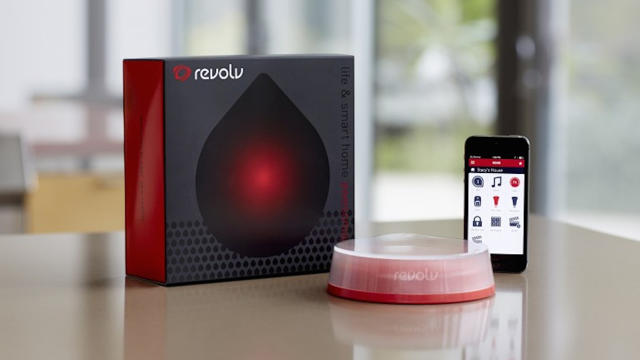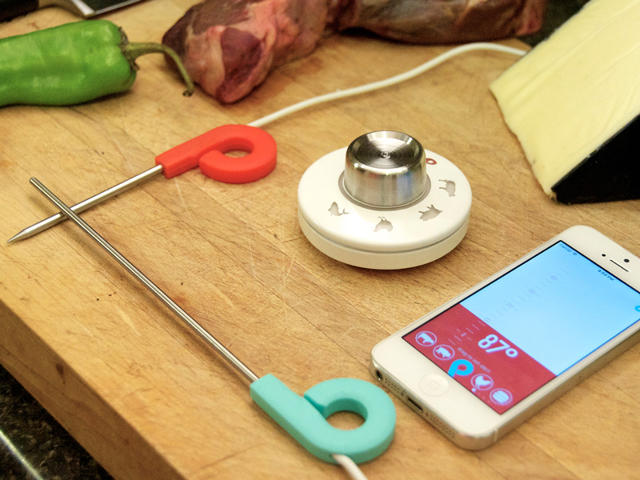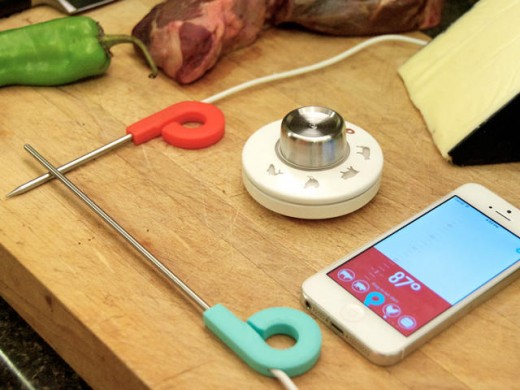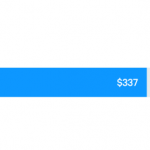Kill A Product Gracefully
This week, the house automation company Nest introduced that it would disable the Revolv smart residence platform, as a result of it now not fits with the corporate’s product line. so as of may 15, in case you personal a Revolv—which means that you can keep an eye on quite a lot of smart house devices via a significant hub—it’s going to merely fall asleep, never to run once more. And users are pissed. One consumer likened the machine to a bath of hummus.
but in some unspecified time in the future, each product dies. So what will have to the tech trade do differently when these web of issues issues, released with the flash-in-the-pan fervor of some other technology, attain the top of existence? What do we do about related products once they’re now not winning or possible to sustain?
speaking to IoT design consultants, we discovered ideas that in point of fact aren’t so tough to put in force—however the Valley might need government regulation earlier than it learns real customer support.

The Valley needs to Shift To a ten-yr Mentality
we’ve got an expectation for issues in our residence—water heaters, air conditioners, KitchenAid mixers—that we don’t have for our smartphones. we expect them to last. And but Valley corporations, with a fail-quick mentality, are constructing internet of issues gadgets with out thinking about lengthy-time period life spans.
So the very first thing IoT corporations need is a fundamental perspective shift.
“obviously, folks investing in smoke alarms suppose they’ll work for many years—5, 10, 20. These are eons in technology phrases,” says Gadi Amit, founding father of NewDealDesign. “Will Nest toughen their smoke alarm, guaranteed, for the subsequent 10 years? I don’t have a transparent solution to that, but it surely’s indisputably a solution that any person at Nest should be taking a look into.”
John Kestner is aware of this point smartly. He runs the IoT firm Supermechanical. His first product, cord, was once a type of do-the rest environmental sensor you have to location in your home to track stats corresponding to heat and moisture. It used to be an influential product with a loyal cult following, however it wasn’t an incredible success. Now, five years earlier his Kickstarter campaign, he’s paying out server fees that equate to nothing greater than lost earnings.
“The fee of making it was high. And we weren’t going to proceed plowing money into one thing that wasn’t essentially developed for the long-time period future,” Kestner says. “but we really feel a sense of obligation. nearly all of [Twines] in lively service are doing necessary things in folks’s homes—like monitoring floods. sure there were tinkerers, and theirs are on the shelf. those which are lively are doing vital issues.”

Importantly, Kestner planned for this scenario. cord’s again finish was coded in this sort of manner that costs him a rather inconsequential sum to care for, particularly as server prices drop over time. principally, even supposing he didn’t have a lot of money, he knew he’d have the money to enhance wire for a long future.
“I don’t fault anyone who plans for failure,” he says. “Does that mean you design the object so it’s simple to open supply? Do you make positive a certain amount of money is put into escrow so it may well handle servers?” truth be informed, there are a variety of solutions, if corporations suppose on the 10-12 months restrict, quite than the 2.
build good units without The Dumb internet
in fact, a good more effective approach to good devices that may stand the check of time is to construct them to be self-enough, and operate without the internet. possibly that seems like a paradox—the web of issues, no web required! however what sounds higher to you? a sensible lightbulb? Or a wise lightbulb that gained’t turn on because it requires a firmware replace?
Plus, while you get rid of the web from the equation, you remove the long-term repairs of servers and code. It’s no surprise that, after learning this lesson with twine, Kestner developed a sensible thermometer that best needed an app—not the internet. and then his subsequent thermometer didn’t even require the app; it has a difficult dial, like just right old skool kitchen electronics. which you could still go on the net together with his new merchandise, however it’s not mandatory. Naturally, he thinks his early learnings will turn into an business-vast development.
“i believe there’s a good chance that almost all of this [Internet of Things] stuff gets rolled again into making things more just like the Clapper,” Kestner says. “something that is a comfort, and makes lifestyles easier, however it’s a completely self-contained service. It doesn’t gratuitously require the internet.”
consider The Comcast model—do not Groan!
however know-how is improving faster than ever, you say. no person desires to wait 10 years between new Clappers, you say. Can’t we now have Valley merchandise that are each bleeding-facet and dependable?
perhaps. As John Edson, president of Lunar, points out, an organization has already done this. however a word of warning, you may no longer like this company very much.
“when you think about Comcast and their dwelling safety, or DVRs, in the event that they have been to discontinue assisting something, I’m paying much less per thirty days, or they’re changing it with any other thing,” Edson says. “i feel that’s a captivating edition.”
namely, that model is something like hardware as service, slightly than hardware as product. reasonably than paying $300 for a thermostat that may become a brick in two years, you’ve subscribed to a carrier, with hardware that may be swapped in or out as necessary to provide that service.
“It’s much less about, ‘i want every other digicam’ than ‘I need to see in my driveway at evening.’ Then Comcast makes that happen,” Edson says. “That adaptation is far more comprehensible from a client facet, and it feels more like I’m getting a smart dwelling carrier than i purchased all this equipment, and at some point one item stopped working and that i misplaced that money.”
And If no one Complies, simply keep watch over The trade
Even with carrier models or higher self-regulation, it’s that you can imagine that the hardware business, rewarded for giant gambles and breakout merchandise more than anything else, gained’t alternate the best way it techniques web of things gadgets.

And if that’s the case, there’s one remaining solution. “Frankly, as a lot as i don’t like quite a few executive intervention, and i in point of fact imagine in free markets, there are factors of expertise and business behaviors that will have to be regulated by way of a point,” Amit says. “in the related dwelling . . . there should be some rules on that. And, it’s now not unfamiliar to some industries.”
a good analog might be the telecommunications trade, which ensures licensees present emergency communications for the general public, or better nonetheless, the auto industry, for which producers are tasked with countless safety assessments and emissions requirements. That degree of forms doesn’t always make sure that client safety or corporate transparency, however it operates as a check-and-steadiness machine (one the tech trade mostly evades at the moment). “Let’s say you’re driving your Toyota, and Toyota decides they don’t want to fortify that engine anymore,” Amit says. “i think if a automotive firm tried this the following day morning, things could be much more difficult.”
It’s truly no longer arduous; It’s simply customer experience
The web of issues could also be know-how’s Wild West, full of nascent hardware and competitive software. however that’s no reason for companies to treat buyers any differently.
In Revolv’s case, thousands and thousands of individuals weren’t instantly affected, however the hasty announcement from Nest—which Google acquired in 2014—would not exactly endear the corporate to buyers. “people talk. That’s the technology we’re in. You don’t buy any product over $50 or maybe much less with out going surfing to peer what people say about it,” Edson says. “that is going to create some more or less impression on what folks say about Nest, for sure.”
fast company , learn Full Story
(22)














